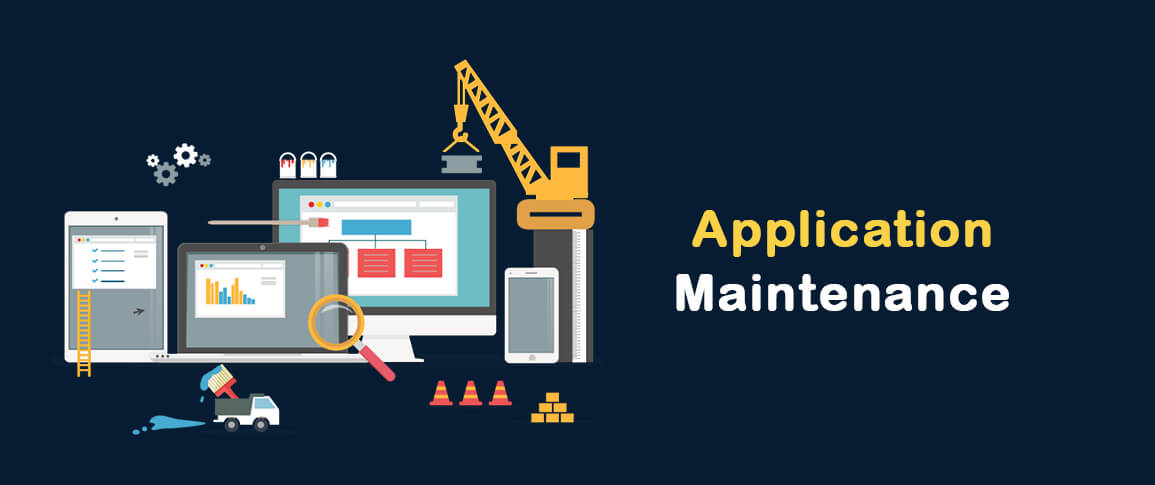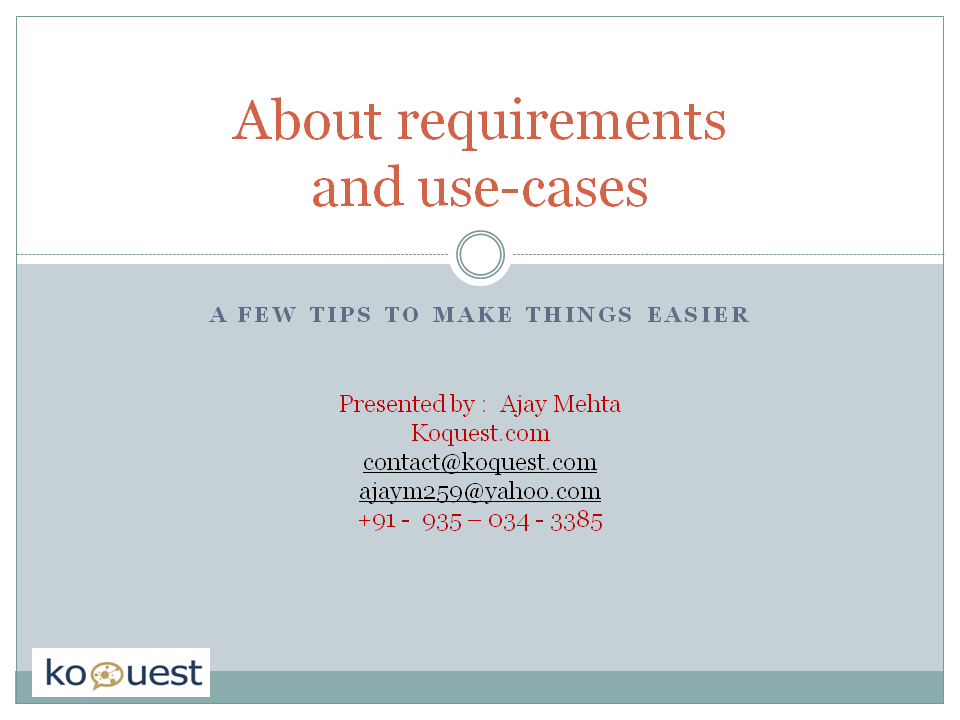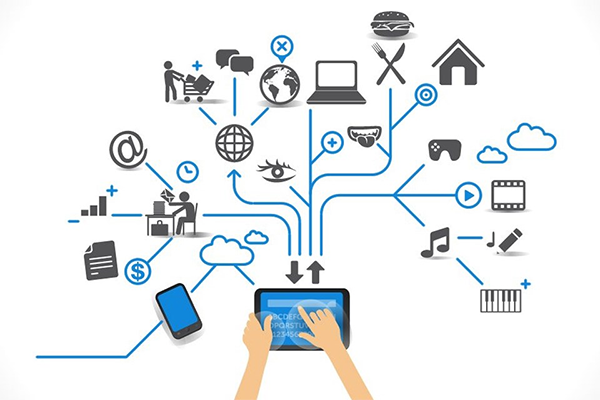Application Continuity consists of the activities to maintain and periodically execute the documented Application Disaster Recovery Plan (DRP) in test mode. Application Continuity prepares Organisation for continued service if a disruption occurs, by recreating or restoring the application to the operational state that existed just prior to the disruption.
Application Disaster Recovery Planning
Application Disaster Recovery Planning documents the plans and procedures that make up an Application Disaster Recovery Plan … Read the rest “Application Continuity”








